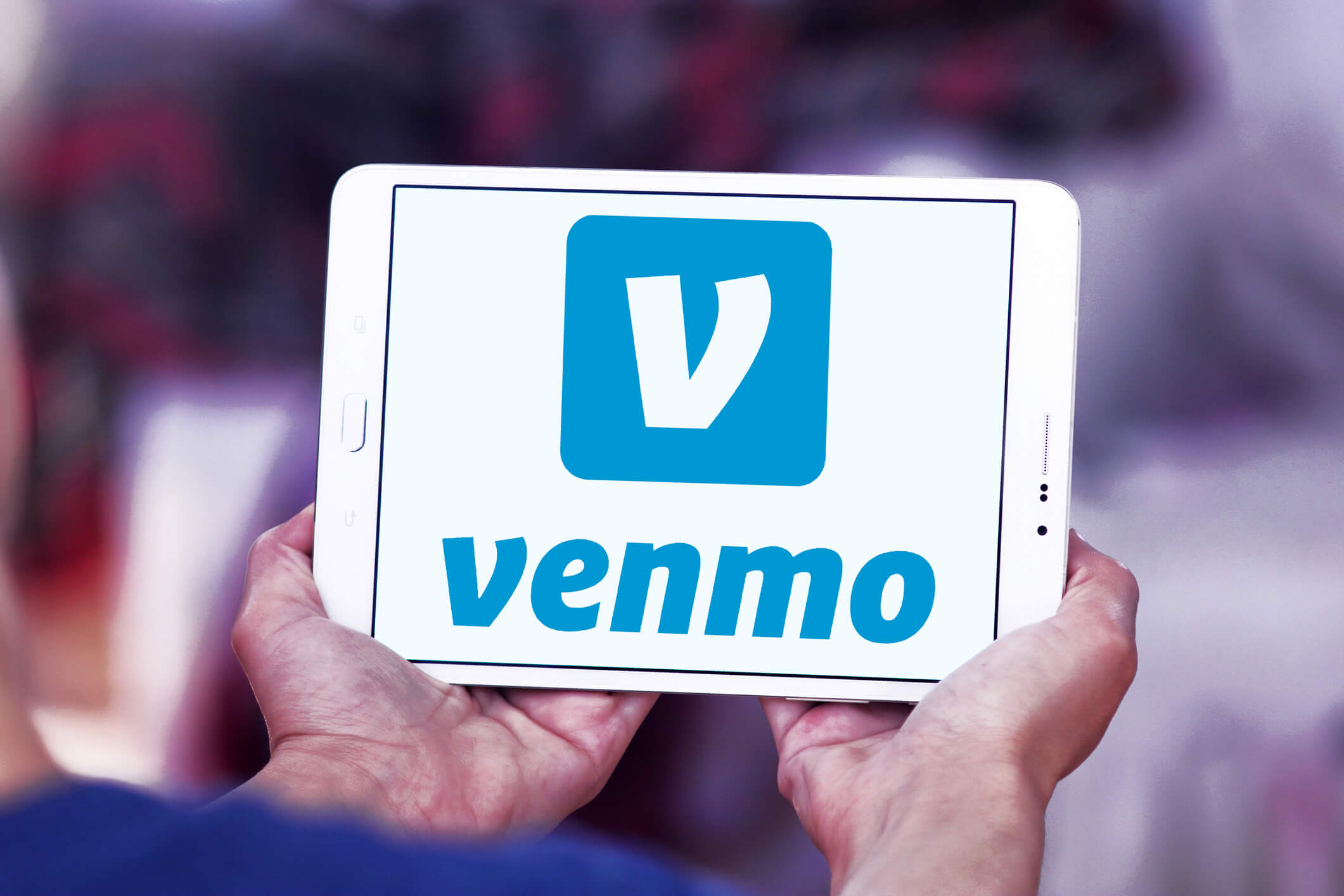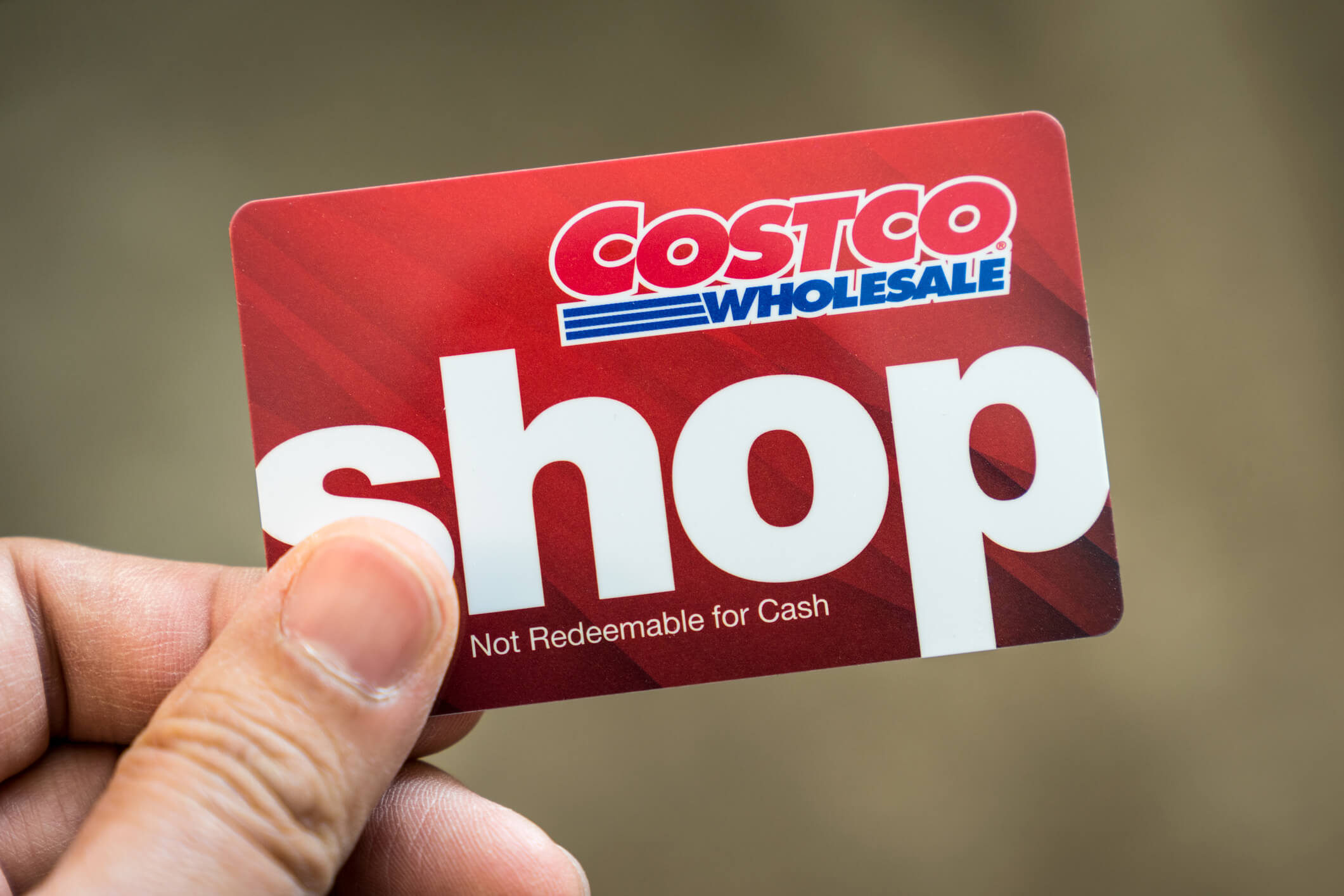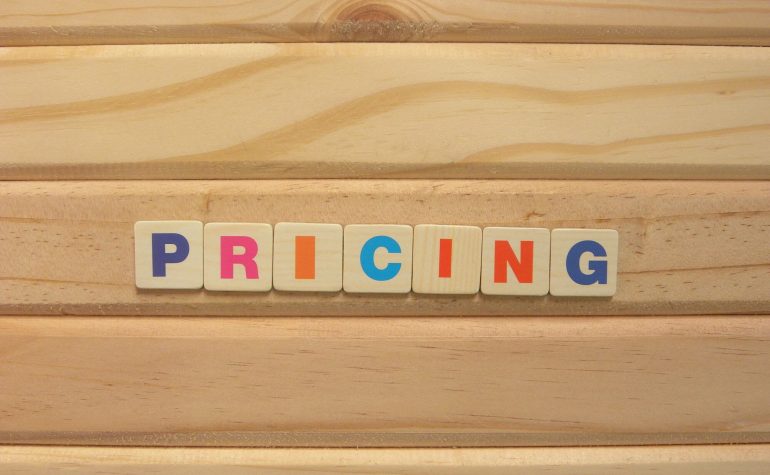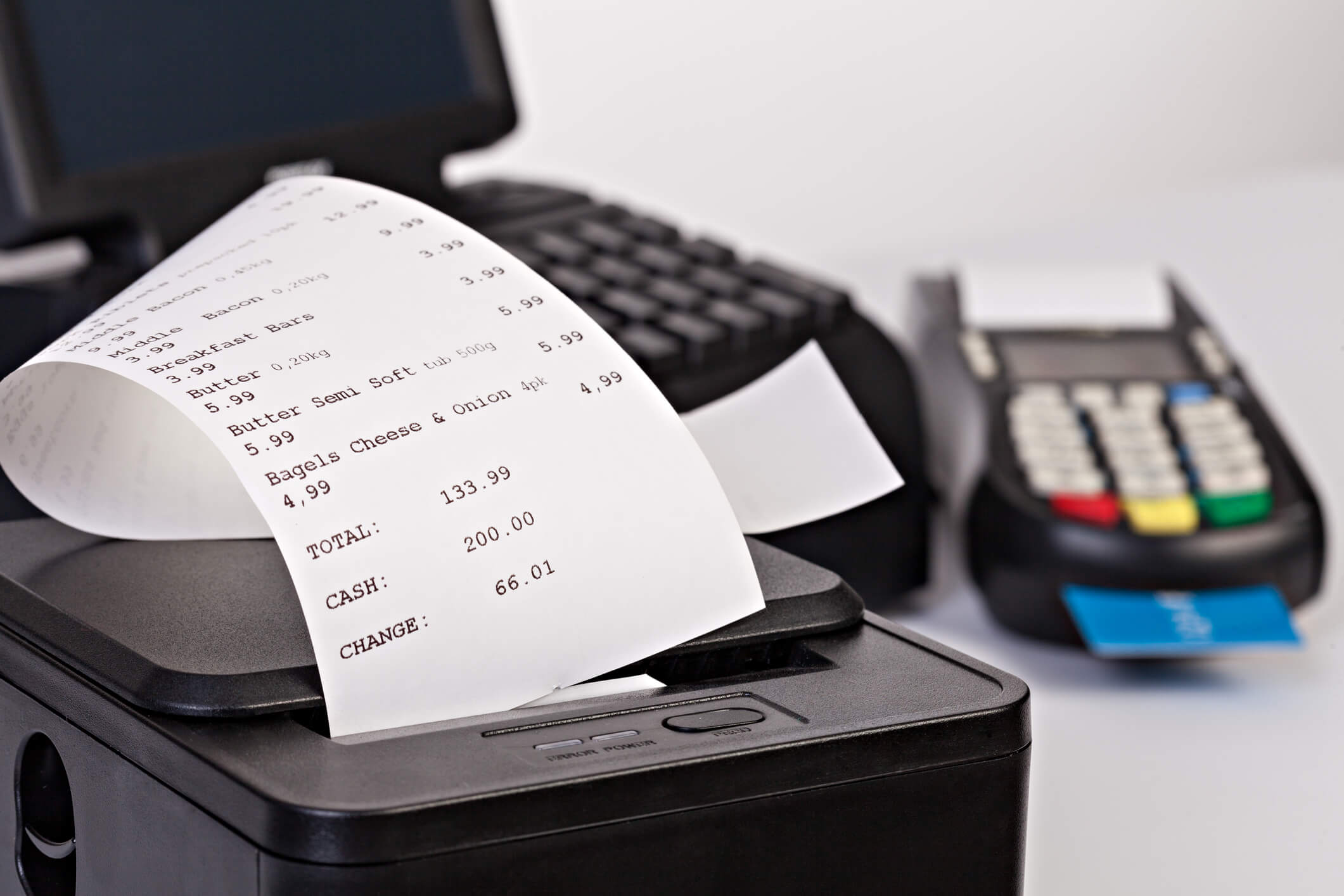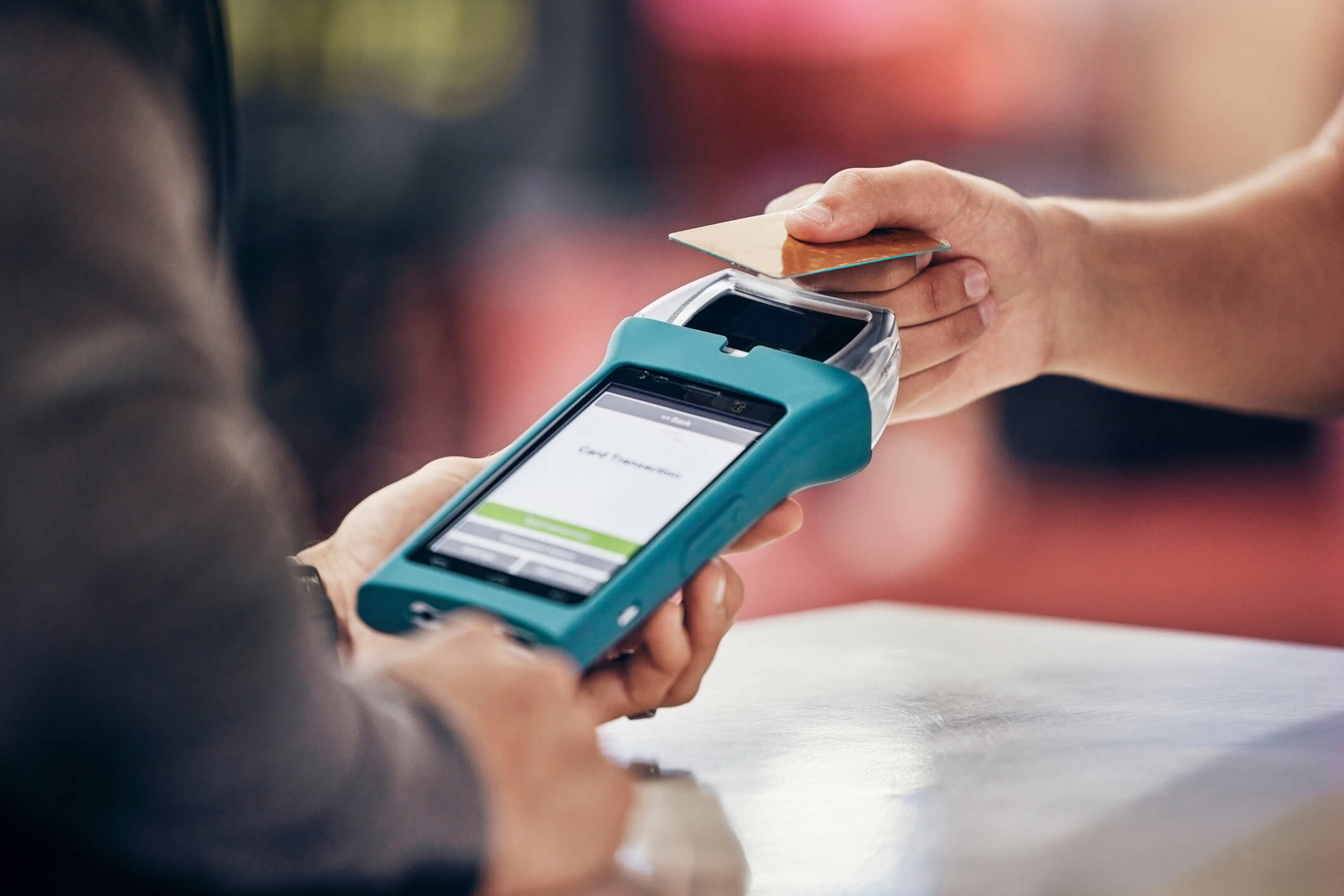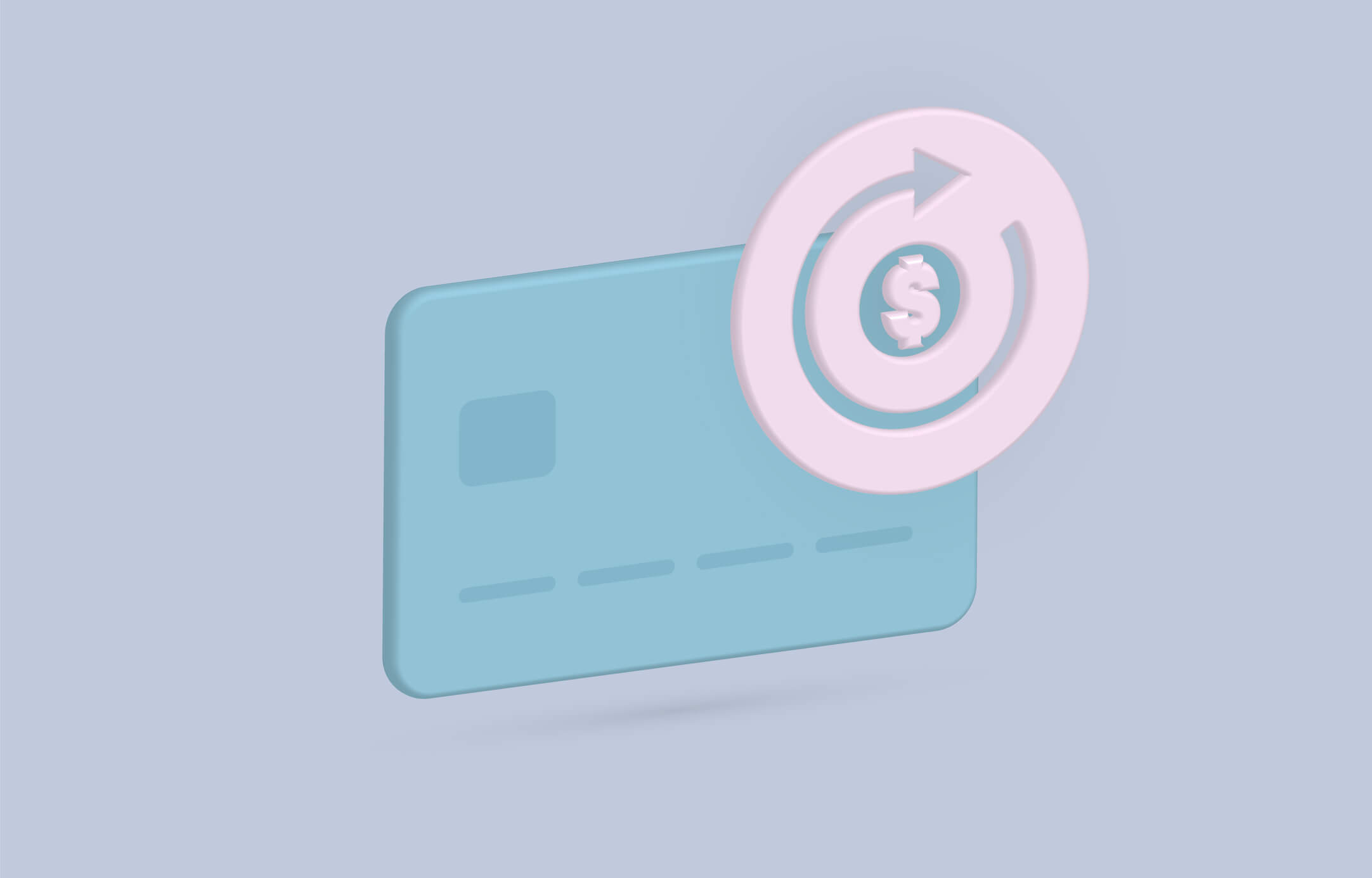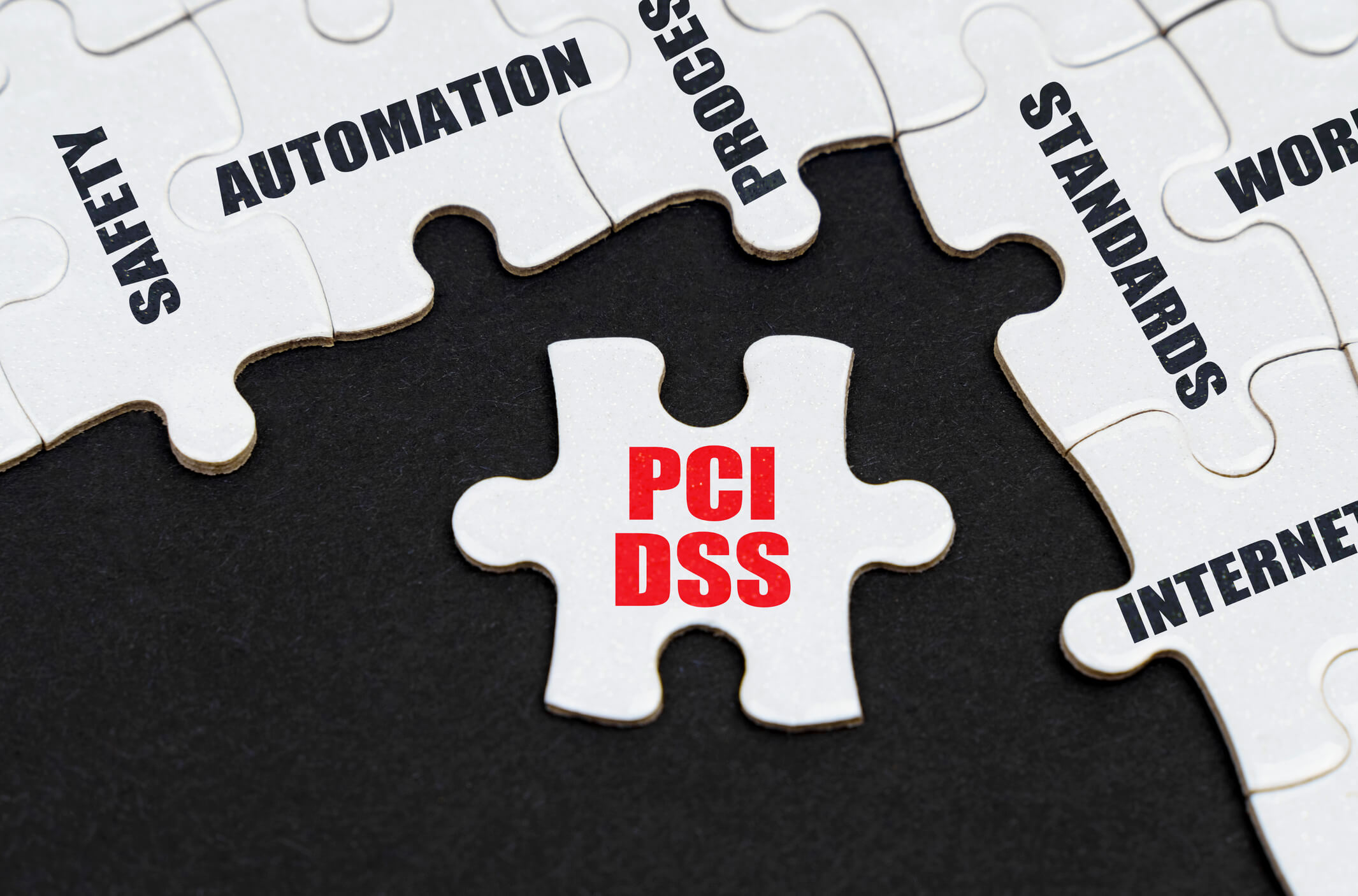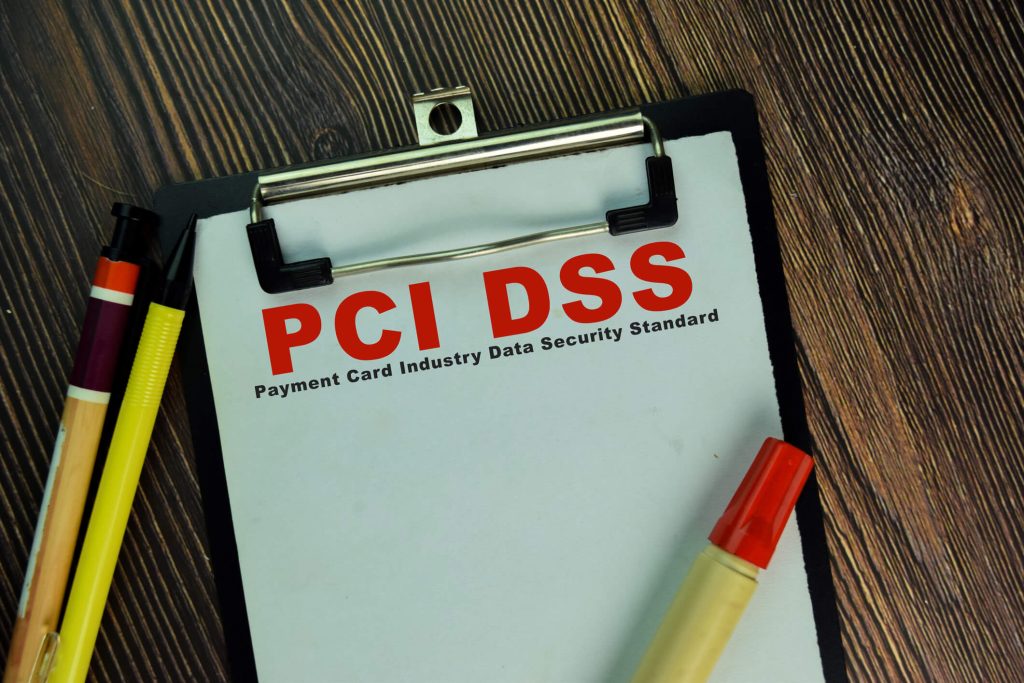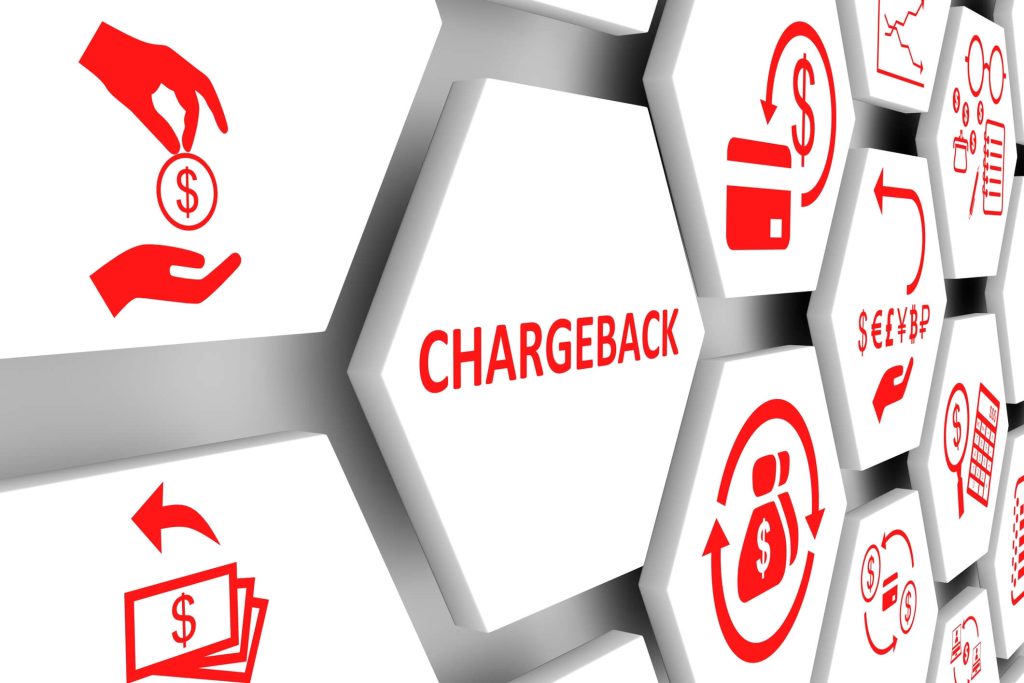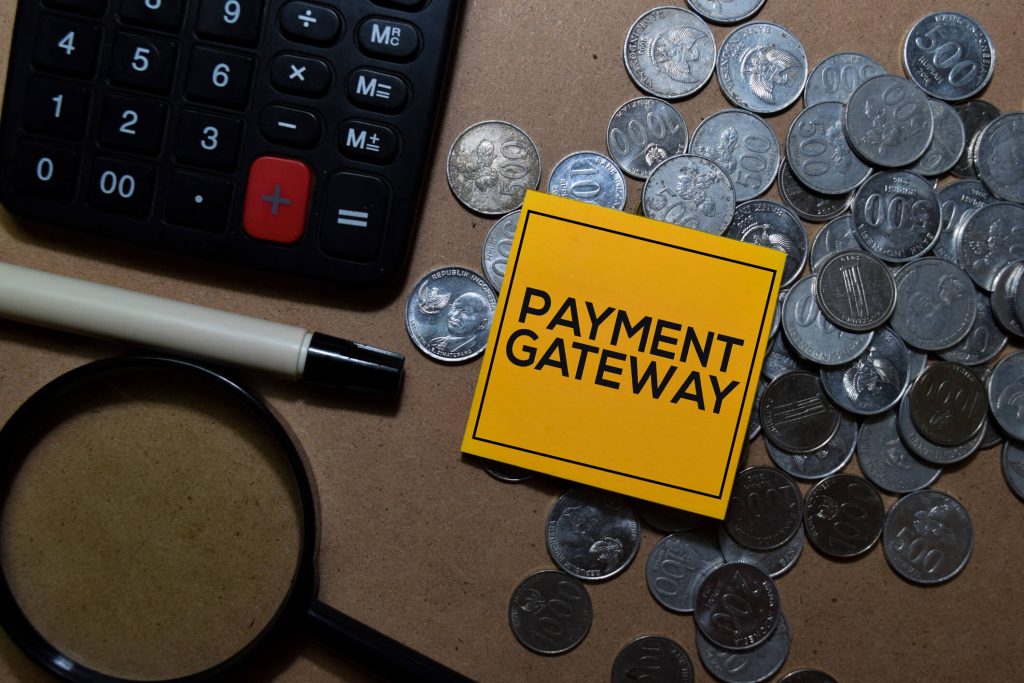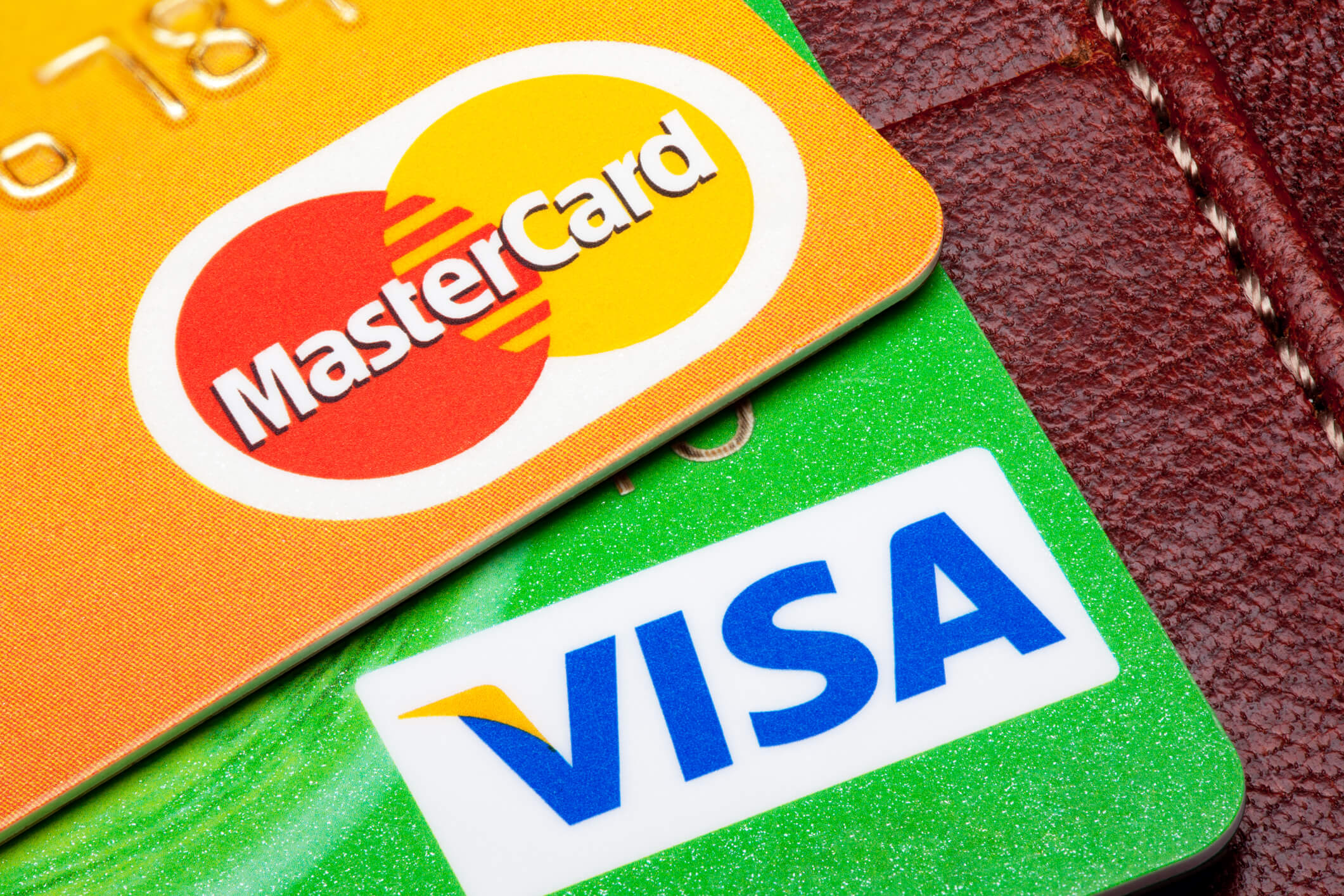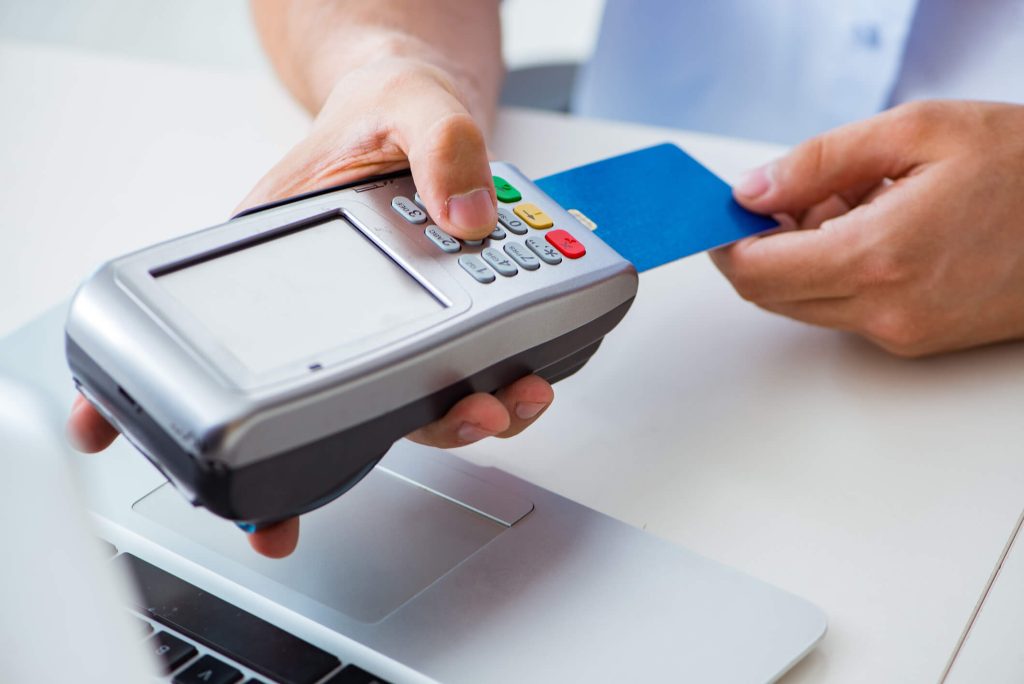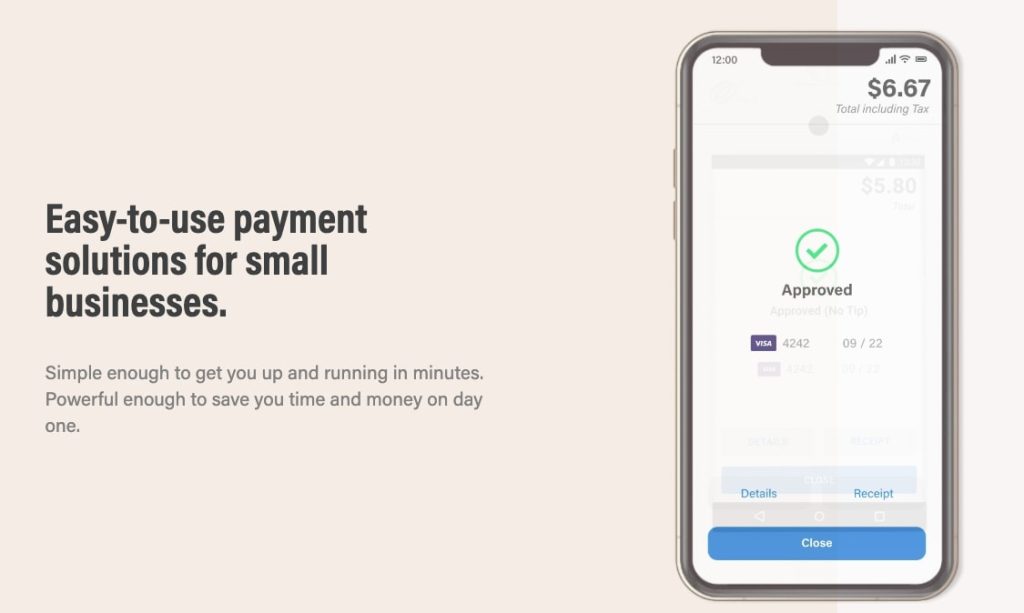By providing an all-in-one solution designed for gyms, yoga studios, and fitness professionals, Mindbody is still leading the fitness and wellness software market in 2025. Mindbody is designed to help clients and business owners by combining marketing, scheduling, client engagement, and payment solutions into a single, easy-to-use platform. Mindbody positions...
How to Handle Venmo Payment Declined
Venmo has become a popular payment platform for millions of users around the world. With its convenience and ease of use, Venmo allows individuals to send and receive money with just a few taps on their smartphones. However, like any other payment system, Venmo is not immune to issues, and...
What Forms of Payment Does Costco Accept?
When it comes to shopping at Costco, one of the largest warehouse retailers in the world, understanding their payment policy is essential. With a wide range of products and unbeatable prices, Costco has become a go-to destination for many shoppers. However, before you head to the checkout counter, it's important...
How to Obtain the Best Funding for Gym Business
Starting a gym business requires careful planning and financial resources. Whether you are opening a small boutique gym or a large fitness center, obtaining the best funding is crucial for success. In this article, we will explore various funding options available to gym owners and provide valuable insights on how...
Bookkeeping Strategies For Gym & Fitness Studio Owners
Running a successful gym business requires more than just providing top-notch fitness services. It also involves effective financial management to ensure profitability and growth. Bookkeeping plays a crucial role in this aspect, as it helps gym owners track revenue, manage expenses, and make informed financial decisions. In this article, we...
How to Hire the Best Staff for your Gym
Running a successful gym requires more than just state-of-the-art equipment and a great location. One of the most critical factors in ensuring the success of your gym is hiring the best staff. Your staff members are the face of your gym and play a crucial role in providing excellent customer...
Innovations That are Changing the Fitness Industry
The fitness industry has undergone a significant transformation in recent years, thanks to advancements in technology and innovation. From wearable technology to virtual reality fitness, these innovations are revolutionizing the way we exercise and stay fit. In this article, we will explore some of the most exciting innovations that are...
How to Provide Excellent Customer Service in the Fitness Industry
In today's competitive fitness industry, providing excellent customer service is crucial for success. With numerous fitness centers and gyms vying for customers' attention, it is essential to go above and beyond to meet their needs and expectations. Excellent customer service not only helps in attracting new customers but also plays...
Integrating QuickBooks with Merchant Services for Gym & Fitness Center
In today's digital age, managing a gym requires more than just providing top-notch fitness facilities and classes. Gym owners and managers need to efficiently handle financial transactions, track memberships, generate reports, and streamline payment processing. This is where integrating QuickBooks with merchant services becomes invaluable. QuickBooks is a popular accounting...
How to Accept Mobile Payments in the Fitness Industry
In today's fast-paced world, convenience is key. People are constantly looking for ways to simplify their lives and make transactions more efficient. This is especially true in the fitness industry, where customers expect seamless experiences both inside and outside the gym. As a result, accepting mobile payments has become increasingly...
Social Media Marketing Tips for Fitness Businesses
In today's digital age, social media has become an integral part of our daily lives. It has revolutionized the way we communicate, connect, and consume information. For fitness businesses, harnessing the power of social media marketing can be a game-changer. It offers a unique opportunity to reach a wide audience,...
Are Gym Merchant Accounts High Risk or Low Risk?
In today's digital age, businesses rely heavily on credit card transactions to facilitate payments from their customers. To process these transactions, businesses need to have a merchant account, which acts as a bridge between the business and the payment processor. However, not all merchant accounts are created equal. Some businesses,...
Tiered Merchant Services Pricing: Is It Good for Fitness Industry?
In today's digital age, businesses across various industries rely heavily on credit card payments to facilitate transactions. The fitness industry is no exception, with gyms, yoga studios, and personal trainers increasingly adopting electronic payment systems. However, understanding the intricacies of merchant services pricing can be daunting, especially when it comes...
Gift and Loyalty Card Programs for Gyms
In today's competitive market, businesses are constantly seeking innovative ways to attract and retain customers. One effective strategy that has gained popularity in recent years is the implementation of gift and loyalty card programs. These programs offer a range of benefits for both the gym and its members, creating a...
Credit Card Processing Outages: Everything you Need to Know
Credit card processing outages can be a nightmare for businesses, causing frustration for both merchants and customers. These outages occur when the system that processes credit card transactions experiences a disruption, preventing businesses from accepting payments. In today's digital age, where cash transactions are becoming less common, credit card processing...
What is Batch Processing? A Detailed Guide
Batch processing is a method of processing large volumes of data in a systematic and efficient manner. It involves grouping similar tasks together and executing them as a batch, rather than processing each task individually. This approach has been widely used in various industries, including banking, manufacturing, and telecommunications, to...
What Is a False Decline in Credit Card Processing?
In today's digital age, credit card transactions have become an integral part of our daily lives. Whether it's purchasing goods online or swiping a card at a physical store, credit card processing plays a crucial role in facilitating these transactions. However, there is a phenomenon known as "false declines" that...
Selling Cash Discount Merchant Services: A Complete Guide
Cash discount merchant services are a growing trend in the payment processing industry. With the rise of credit and debit card usage, businesses are looking for ways to offset the costs associated with accepting these forms of payment. Cash discount merchant services offer a solution by allowing businesses to pass...
Benefits of Cash Discount Merchant Services for Gym
Cash discount merchant services have gained popularity in recent years as a way for businesses to offset the costs associated with accepting credit card payments. This innovative payment processing solution allows gym owners to pass on the cost of credit card processing fees to their customers, while offering a cash...
What is a Cash Discount Merchant Services Program?
In today's digital age, businesses are constantly looking for ways to streamline their operations and increase their bottom line. One such method that has gained popularity in recent years is the implementation of cash discount merchant services programs. These programs offer businesses the opportunity to reduce their credit card processing...
How To Send An Electronic Check: The Ultimate Guide
In today's digital age, electronic payments have become increasingly popular and convenient. One such method is the electronic check, which allows individuals and businesses to send and receive payments electronically, eliminating the need for paper checks. In this comprehensive guide, we will explore the various aspects of sending an electronic...
How Long Does An eCheck Take to Clear?
In today's digital age, electronic payments have become increasingly popular, offering convenience and efficiency for both businesses and consumers. One such method is the electronic check, or eCheck, which allows individuals and businesses to make payments electronically, eliminating the need for paper checks. However, many people are still unsure about...
The Benefits of Integrated Payment Systems for Fitness Centers
In today's fast-paced world, fitness centers are constantly seeking ways to streamline their operations, enhance member experiences, and increase revenue. One solution that has gained significant popularity in recent years is the implementation of integrated payment systems. These systems offer a wide range of benefits for fitness centers, including improved...
Choosing the Right POS Hardware for Your Fitness Business
In today's fast-paced world, running a fitness business requires more than just providing quality workouts and excellent customer service. It also involves efficient management of various aspects, including sales, inventory, and customer data. This is where a Point of Sale (POS) system comes into play. A POS system is a...
The Role of POS Systems in Gym Operations Management
In today's fast-paced world, the fitness industry has witnessed a significant boom, with more and more people becoming health-conscious and joining gyms. With this surge in gym memberships, it has become crucial for gym owners and managers to efficiently manage their operations to ensure smooth functioning and member satisfaction. One...
Membership Billing: Best Practices for Fitness Centers
Membership billing is a crucial aspect of running a successful fitness center. It involves the process of collecting payments from members for their membership fees, services, and other related charges. Effective membership billing systems are essential for the financial stability and growth of fitness centers. In this article, we will...
The Importance of Data Security in Gym Payment Systems
In today's digital age, data security has become a critical concern for businesses across various industries. Gym payment systems, which handle sensitive customer information such as credit card details and personal data, are no exception. The importance of data security in gym payment systems cannot be overstated, as any breach...
Best Strategies for Handling Chargebacks in Gyms
Chargebacks are a common occurrence in the gym industry, and understanding how to handle them effectively is crucial for the success of any gym business. A chargeback is a reversal of a credit card transaction initiated by the cardholder's bank. It can happen for various reasons, such as unauthorized transactions,...
Top POS Systems for Fitness Studios: A Detailed Guide
In today's fast-paced world, fitness studios are becoming increasingly popular as people strive to lead healthier lifestyles. With the rise in demand for fitness classes and memberships, it is crucial for fitness studio owners to have efficient and effective systems in place to manage their operations. One such system that...
Implementing EMV Technology in Gym Payment Systems
In today's digital age, the use of electronic payment systems has become increasingly prevalent across various industries. The fitness industry is no exception, with gyms and fitness centers adopting electronic payment systems to streamline their operations and enhance customer convenience. One of the most significant advancements in payment technology is...
The Rise of Digital Wallets: Implications for Fitness Centers
In today's digital age, the use of cash and physical credit cards is gradually being replaced by digital wallets. Digital wallets, also known as mobile wallets or e-wallets, are virtual platforms that allow users to store their payment information securely on their smartphones or other electronic devices. With the increasing...
Understanding the Cost of Payment Processing for Gyms
Payment processing is an essential aspect of running a gym or fitness center. It allows businesses to accept various forms of payment, such as credit cards, debit cards, and mobile payments, from their customers. However, many gym owners may not fully understand the cost implications of payment processing and how...
Managing Recurring Payments for Gym Memberships
Managing recurring payments for gym memberships is a crucial aspect of running a successful fitness facility. It ensures a steady stream of revenue, simplifies the payment process for members, and allows gym owners to focus on providing quality services. In this comprehensive guide, we will explore the benefits of recurring...
A Guide to PCI DSS for Gym Owners
As a gym owner, you may not immediately think about the security of your customers' payment card information. However, with the increasing prevalence of data breaches and the potential for financial loss and reputational damage, it is crucial for gym owners to understand and comply with the Payment Card Industry...
Mobile Payment Trends in the Fitness Industry
In recent years, the fitness industry has witnessed a significant transformation with the rise of mobile payment technology. Mobile payment, also known as m-payment, refers to the use of mobile devices to make payments for goods and services. This technology has revolutionized the way people pay for their gym memberships,...
The Benefits of Contactless Payments for Gyms and Fitness Centers
In recent years, the fitness industry has witnessed a significant shift towards contactless payments. With the rise of technology and the increasing demand for convenience, gyms and fitness centers are embracing this new payment method to enhance customer experience and streamline their operations. Contactless payments refer to transactions made using...
Understanding PCI Compliance for Fitness Businesses
In today's digital age, where technology plays a crucial role in every aspect of our lives, it is essential for fitness businesses to prioritize the security of their customers' payment card data. The Payment Card Industry Data Security Standard (PCI DSS) was established to ensure the protection of sensitive cardholder...
Chargebacks for Gym & Fitness Center: A Detailed Guide
A chargeback is a transaction reversal initiated by a cardholder's bank, typically in response to a customer dispute or fraudulent activity. When a chargeback occurs, the funds from a gym membership payment are returned to the customer, and the gym is responsible for covering the cost of the chargeback, including...
Working Capital for Gym Businesses: A Complete Guide
Starting and maintaining a gym business requires substantial financial investment. Working capital is crucial for gym businesses to cover daily operational costs, manage unexpected expenses, and ensure smooth business operations. In this comprehensive guide, we will delve into the world of working capital for gym businesses, exploring its definition, importance,...
Can I Get an SBA Loan to Start a Gym Business? A Detailed Guide
Starting a gym business can be an exciting venture, but it often requires a significant amount of capital to get off the ground. One option to consider is obtaining a Small Business Administration (SBA) loan, which can provide the necessary funds to start or expand your gym. In this comprehensive...
How to Get a Business Loan for a Gym
Starting a gym or fitness center requires a significant amount of capital. From purchasing equipment to leasing a space and hiring staff, the costs can quickly add up. This is where business loans come into play. A business loan can provide the necessary funds to get your gym up and...
Is My Gym Business Eligible for a Merchant Cash Advance?
In today's competitive business landscape, gym owners often find themselves in need of additional funds to support their operations, expand their facilities, or invest in new equipment. While traditional bank loans have been the go-to option for many businesses, they often come with stringent eligibility criteria and lengthy approval processes....
How Payment Gateways Benefit Gym Businesses? A Detailed Guide
In today's digital age, payment gateways have become an essential tool for businesses across various industries. Gym businesses, in particular, can greatly benefit from the convenience and security offered by payment gateways. This comprehensive guide will delve into the various ways payment gateways can streamline gym membership payments, ensure secure...
How Can I Accept Crypto Payments for My Gym Business?
In recent years, cryptocurrencies have gained significant popularity and have become a mainstream form of payment. With the rise of digital currencies such as Bitcoin, Ethereum, and Litecoin, businesses across various industries are exploring the potential benefits of accepting crypto payments. Gym businesses, in particular, can leverage this emerging trend...
How Are Merchant Services Important for Fitness Businesses?
In today's digital age, merchant services have become an integral part of running a successful fitness business. Whether you own a gym, yoga studio, or personal training center, having the right merchant services in place can significantly impact your bottom line. This comprehensive guide will delve into the importance of...
What is Good Pricing for a Fitness Merchant Account?
Setting the right pricing for a fitness merchant account is crucial for the success of any fitness business. A merchant account allows fitness businesses to accept credit and debit card payments from their customers, making it an essential tool in today's cashless society. However, determining the right pricing for a...
How Interchange Plus Pricing on Merchant Services Can Benefits Fitness Businesses
In the competitive world of fitness businesses, finding ways to maximize profitability and efficiency is crucial. One often overlooked aspect of running a successful fitness business is the choice of a merchant service provider. Merchant services play a vital role in processing payments and managing transactions, making it essential for...
The Advantages of SwipeSimple Mobile Payments for Gyms
In today's fast-paced world, convenience and efficiency are key factors that drive customer satisfaction. This is especially true in the fitness industry, where gym-goers expect seamless experiences both inside and outside the gym. One way gyms can meet these expectations is by adopting SwipeSimple mobile payments, a cutting-edge payment solution...
Top Advantages of Using Clover POS in Gyms
In today's fast-paced world, technology plays a crucial role in transforming various industries, and the fitness industry is no exception. Gym owners and managers are constantly on the lookout for innovative solutions that can streamline operations, enhance member experience, and boost revenue. One such solution that has gained immense popularity...
A Guide to Clover Station Troubleshooting
Clover Station is a popular point-of-sale (POS) system used by businesses of all sizes to streamline their operations and enhance customer experiences. However, like any technology, it is not immune to issues and glitches. In this comprehensive guide, we will delve into the world of Clover Station troubleshooting, providing you...

